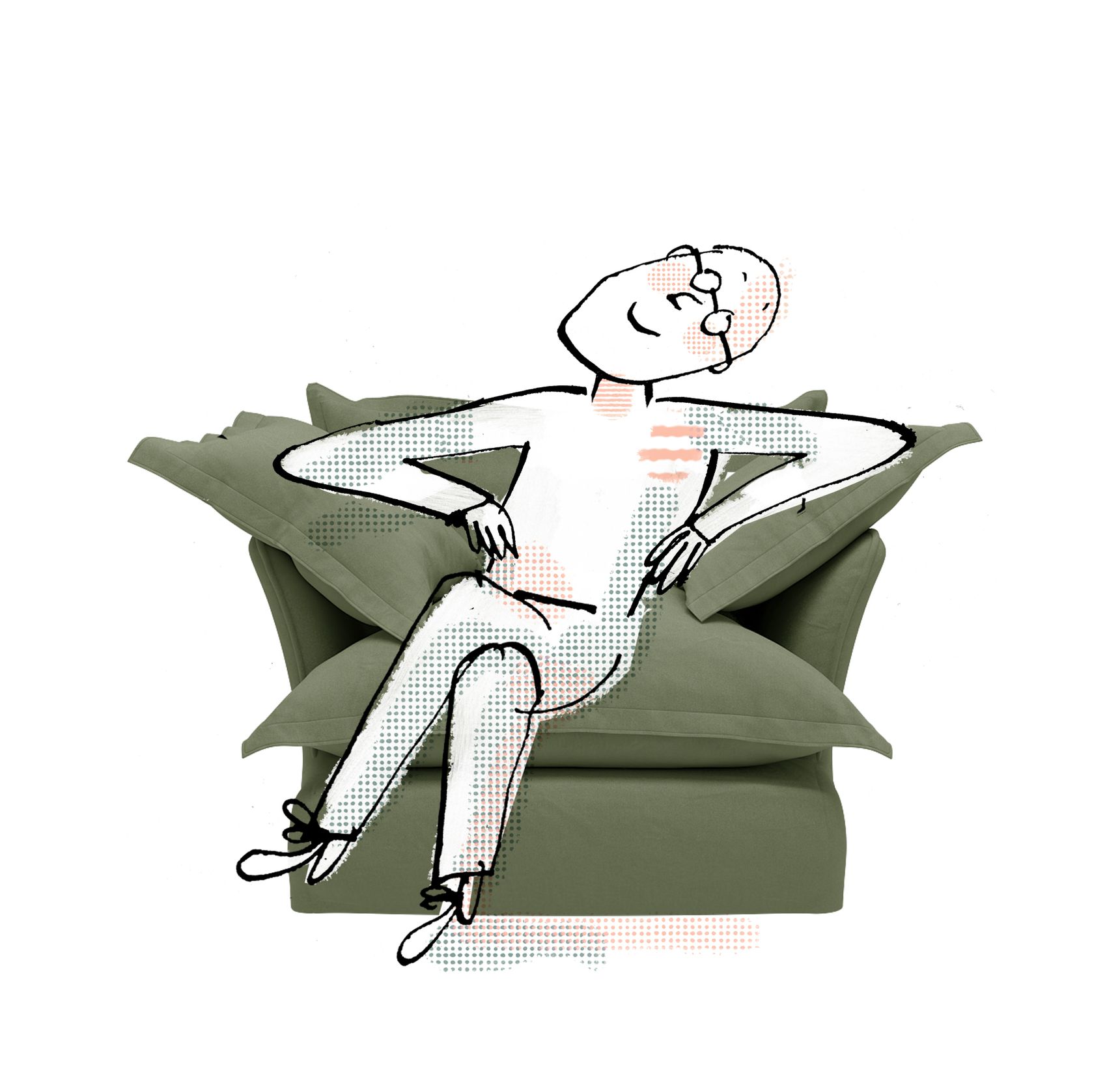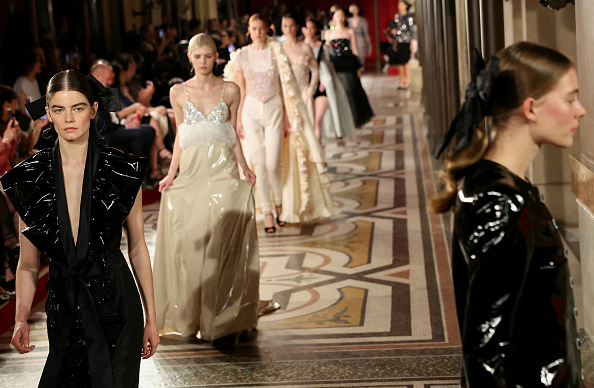Interior Designers on the 7 Most Comfortable Chairs
Seven seats, as recommended by design pros.
WHILE WE anxiously wait to resume regular programming, comfort has become a high priority on the home front. With that in mind, we asked scores of interior designers to name the most sink-into-able chairs available today. Two respondents enthusiastically backed the Song Armchair from 3-year-old British company Maker&Son. New York designer Ghislaine Viñas called it “freakishly and deliciously comfortable…[it makes] you want to immediately curl up and snuggle.” Who among us wouldn’t welcome a hug from a chair these days? Here, six more designer-recommended seats waiting to embrace you.
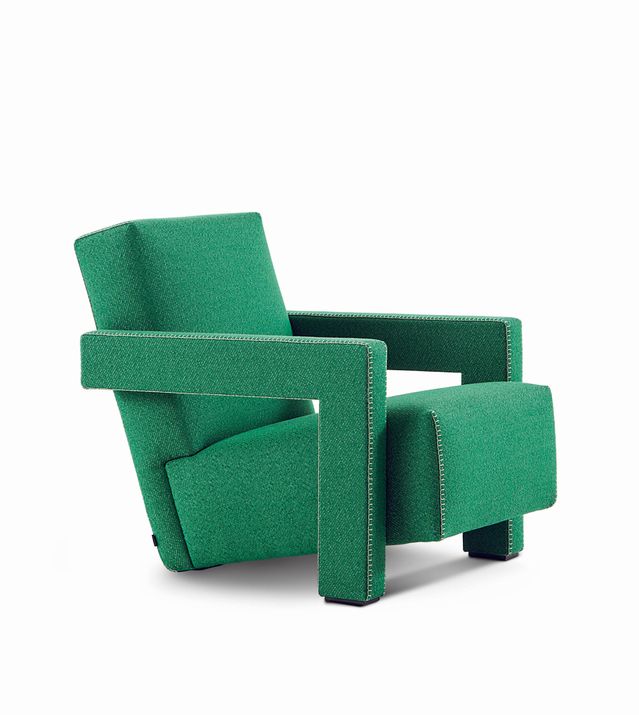
Greg Roth said his team at Home Front Build, in Los Angeles, is in love with Dutch modernist Gerrit Rietveld’s 1935 Utrecht Chair. “The incline of the seat and backrest are just so, with a very gentle and comforting slope that welcomes the body and encourages relaxation,” said the senior designer. Don’t let its angular lines spook you, he said. “This chair is firm, yes, but also cushy and soothingly comfy.” From approx. $6025 for standard size, cassina.com
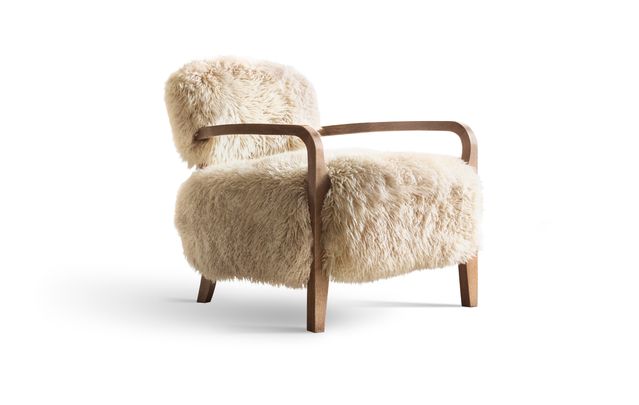
Miami designer Travis London chose RH’s Yeti Sheepskin Armchair, calling out its long-shorn fluffy pelt. “The fur is incredibly soft, warm and comfortable,” he said. The silhouette nods to midcentury French design, with upholstered elements filled with poly-fibre wrapped around a foam core. “The cushion feels like it’s a memory-foam mattress, and it’s the perfect height to sit just right.” approx. $3052, rh.com
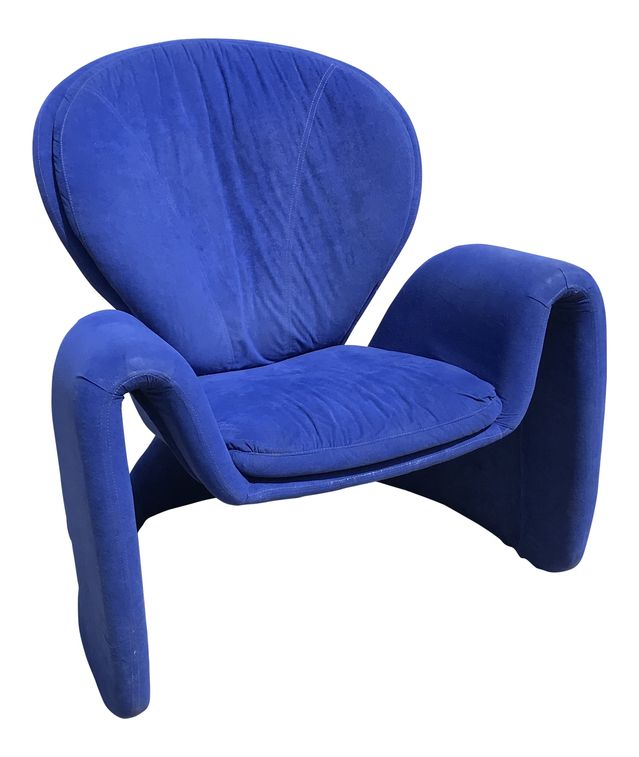
Years ago, Jenny Dina Kirschner, founder of Brooklyn’s JDK Interiors, paid $150 for a funky 1980s chair she found online. When it arrived at her office, its filthy condition kept her from sitting on it, but a visiting client plopped into it. “I was preparing coffee for us, and she yelled to me, ‘Oh my gosh, Jenny. This is the most comfortable chair I’ve ever sat in!’” Ms. Kirschner impulsively offered the client the chair, which was then reupholstered. “It feels like a fluffy cloud hugging you,” said the designer, who sometimes wishes she had kept the chair for herself. The model can still be found online, “for a lot more money,” she said. 1980s Vintage Post Modern Curvy Accent Chair, approx. $4755, chairish.com
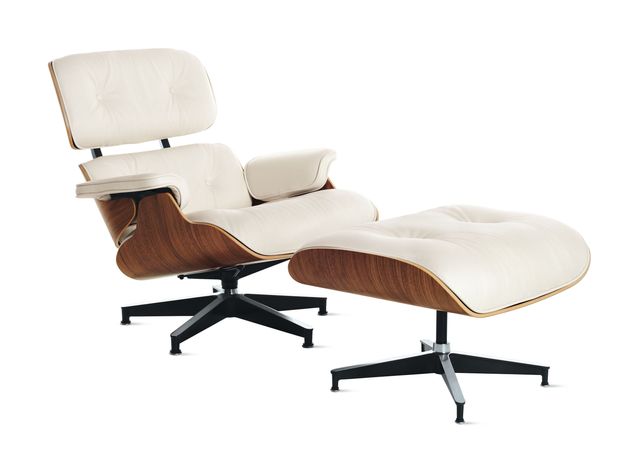
The Eames Lounge Chair and Ottoman was the seat our respondents cited most frequently. “The bent plywood veneer and leather make it comfortable and durable,” said architect Grant C. Kirkpatrick of the midcentury modern classic. The partner at Los Angeles’s KAA Design Group added that the wide base and reclining angle make it “great for reading.” Tish Mills appreciates that it’s a good fit for both men and women, regardless of height. The Atlanta designer, who has included the pair in both contemporary and traditional homes, also values its timelessness. “It is like a chameleon and works in every space.” From approx. $7466, store.hermanmiller.com
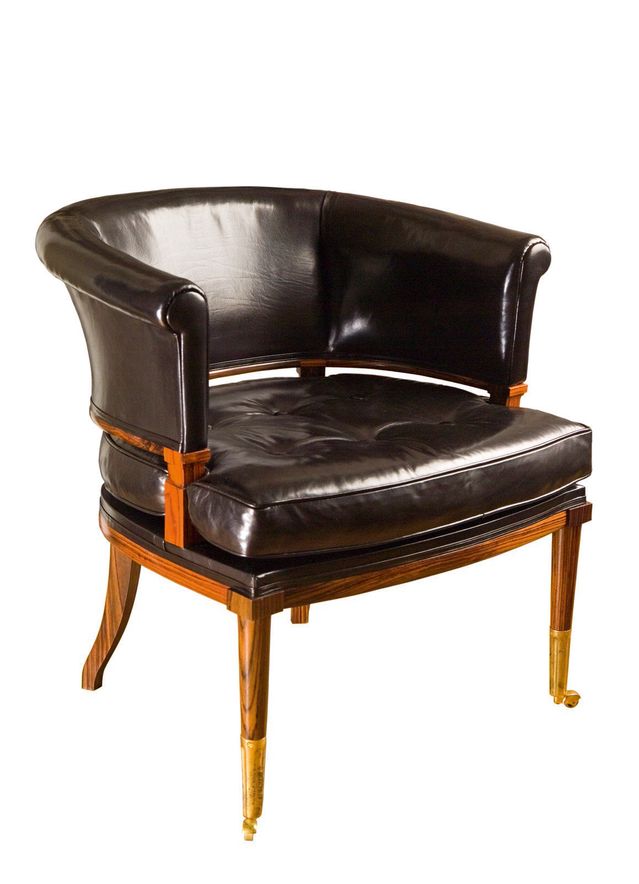
One of the few traditional chairs our designers singled out, the Quiver Klismos Chair from Soane Britain riffs on 18th-century revivals of the ancient Greek klismos design. Said Amanda Lindroth, an interior designer based in Nassau, Bahamas, “The scale is just right and it encompasses you.” Its classic shape, leather cladding, tufted cushion and brass socks and casters make a very posh and proper perch. From $14,266, available at retail in the U.K. and through the trade in the U.S., soane.com
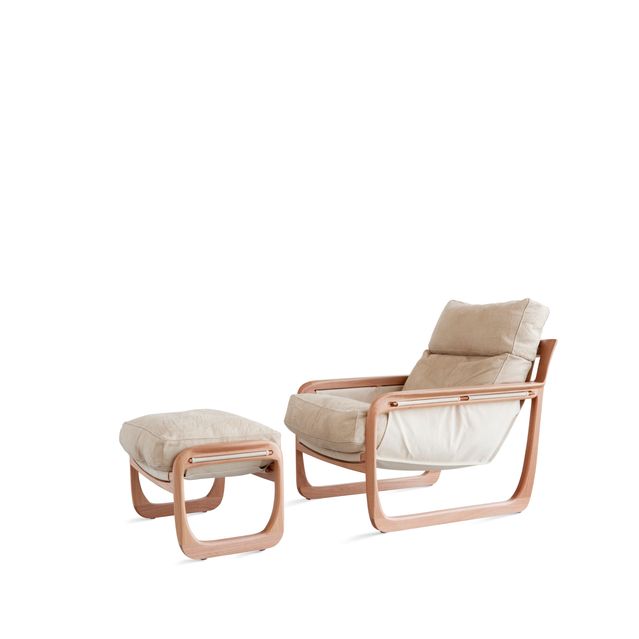
“The whole idea is to give the sensation of being suspended in a hammock,” said New Orleans designer Valerie Legras of the Pitu Chaise Lounge Chair from Brazilian design distributor Sossego. The seat comprises a Brazilian wood frame and a canvas sling “reminiscent of a suspension bridge over a waterway” that supports down/feather cushions. “Last time I sat in one, I was in the Sossego showroom in Chicago and wearing a noise cancellation headset. I felt so relaxed.” Chair, from approx. $6739, and Ottoman, from approx. $2241, Sossego
Reprinted by permission of The Wall Street Journal, Copyright 2021 Dow Jones & Company. Inc. All Rights Reserved Worldwide. Original date of publication: September 12, 2021.
 Copyright 2020, Dow Jones & Company, Inc. All Rights Reserved Worldwide. LEARN MORE
Copyright 2020, Dow Jones & Company, Inc. All Rights Reserved Worldwide. LEARN MORE
This stylish family home combines a classic palette and finishes with a flexible floorplan
Just 55 minutes from Sydney, make this your creative getaway located in the majestic Hawkesbury region.
As Paris makes its final preparations for the Olympic games, its residents are busy with their own—packing their suitcases, confirming their reservations, and getting out of town.
Worried about the hordes of crowds and overall chaos the Olympics could bring, Parisians are fleeing the city in droves and inundating resort cities around the country. Hotels and holiday rentals in some of France’s most popular vacation destinations—from the French Riviera in the south to the beaches of Normandy in the north—say they are expecting massive crowds this year in advance of the Olympics. The games will run from July 26-Aug. 1.
“It’s already a major holiday season for us, and beyond that, we have the Olympics,” says Stéphane Personeni, general manager of the Lily of the Valley hotel in Saint Tropez. “People began booking early this year.”
Personeni’s hotel typically has no issues filling its rooms each summer—by May of each year, the luxury hotel typically finds itself completely booked out for the months of July and August. But this year, the 53-room hotel began filling up for summer reservations in February.
“We told our regular guests that everything—hotels, apartments, villas—are going to be hard to find this summer,” Personeni says. His neighbours around Saint Tropez say they’re similarly booked up.
As of March, the online marketplace Gens de Confiance (“Trusted People”), saw a 50% increase in reservations from Parisians seeking vacation rentals outside the capital during the Olympics.
Already, August is a popular vacation time for the French. With a minimum of five weeks of vacation mandated by law, many decide to take the entire month off, renting out villas in beachside destinations for longer periods.
But beyond the typical August travel, the Olympics are having a real impact, says Bertille Marchal, a spokesperson for Gens de Confiance.
“We’ve seen nearly three times more reservations for the dates of the Olympics than the following two weeks,” Marchal says. “The increase is definitely linked to the Olympic Games.”

Getty Images
According to the site, the most sought-out vacation destinations are Morbihan and Loire-Atlantique, a seaside region in the northwest; le Var, a coastal area within the southeast of France along the Côte d’Azur; and the island of Corsica in the Mediterranean.
Meanwhile, the Olympics haven’t necessarily been a boon to foreign tourism in the country. Many tourists who might have otherwise come to France are avoiding it this year in favour of other European capitals. In Paris, demand for stays at high-end hotels has collapsed, with bookings down 50% in July compared to last year, according to UMIH Prestige, which represents hotels charging at least €800 ($865) a night for rooms.
Earlier this year, high-end restaurants and concierges said the Olympics might even be an opportunity to score a hard-get-seat at the city’s fine dining.
In the Occitanie region in southwest France, the overall number of reservations this summer hasn’t changed much from last year, says Vincent Gare, president of the regional tourism committee there.
“But looking further at the numbers, we do see an increase in the clientele coming from the Paris region,” Gare told Le Figaro, noting that the increase in reservations has fallen directly on the dates of the Olympic games.
Michel Barré, a retiree living in Paris’s Le Marais neighbourhood, is one of those opting for the beach rather than the opening ceremony. In January, he booked a stay in Normandy for two weeks.
“Even though it’s a major European capital, Paris is still a small city—it’s a massive effort to host all of these events,” Barré says. “The Olympics are going to be a mess.”
More than anything, he just wants some calm after an event-filled summer in Paris, which just before the Olympics experienced the drama of a snap election called by Macron.
“It’s been a hectic summer here,” he says.

AFP via Getty Images
Parisians—Barré included—feel that the city, by over-catering to its tourists, is driving out many residents.
Parts of the Seine—usually one of the most popular summertime hangout spots —have been closed off for weeks as the city installs bleachers and Olympics signage. In certain neighbourhoods, residents will need to scan a QR code with police to access their own apartments. And from the Olympics to Sept. 8, Paris is nearly doubling the price of transit tickets from €2.15 to €4 per ride.
The city’s clear willingness to capitalise on its tourists has motivated some residents to do the same. In March, the number of active Airbnb listings in Paris reached an all-time high as hosts rushed to list their apartments. Listings grew 40% from the same time last year, according to the company.
With their regular clients taking off, Parisian restaurants and merchants are complaining that business is down.
“Are there any Parisians left in Paris?” Alaine Fontaine, president of the restaurant industry association, told the radio station Franceinfo on Sunday. “For the last three weeks, there haven’t been any here.”
Still, for all the talk of those leaving, there are plenty who have decided to stick around.
Jay Swanson, an American expat and YouTuber, can’t imagine leaving during the Olympics—he secured his tickets to see ping pong and volleyball last year. He’s also less concerned about the crowds and road closures than others, having just put together a series of videos explaining how to navigate Paris during the games.
“It’s been 100 years since the Games came to Paris; when else will we get a chance to host the world like this?” Swanson says. “So many Parisians are leaving and tourism is down, so not only will it be quiet but the only people left will be here for a party.”
This stylish family home combines a classic palette and finishes with a flexible floorplan
Just 55 minutes from Sydney, make this your creative getaway located in the majestic Hawkesbury region.









